Gas detection audits are an essential component of any workplace safety programme, particularly in industries where hazardous gases pose significant risks to health and safety. These audits ensure that gas detection systems are functioning correctly and that safety protocols are robust enough to prevent potentially life-threatening incidents.
By ensuring that equipment is calibrated, maintained, and performing to the highest standards, companies protect both their personnel and their bottom line.
A thorough audit will help identify weaknesses in detection systems, ensure alarms are working effectively, and guide necessary improvements.
Regulatory bodies such as the Health and Safety Executive (HSE) in the UK and other international authorities impose strict regulations regarding gas safety, requiring businesses to ensure that gas detection systems are reliable, regularly inspected, and properly maintained.
Compliance with these regulations is not optional; it is a legal obligation. Failure to meet the required standards can lead to severe penalties, including fines, operational shutdowns, or, in extreme cases, criminal liability. Moreover, non-compliance can result in reputational damage, potentially jeopardising client trust and business contracts.
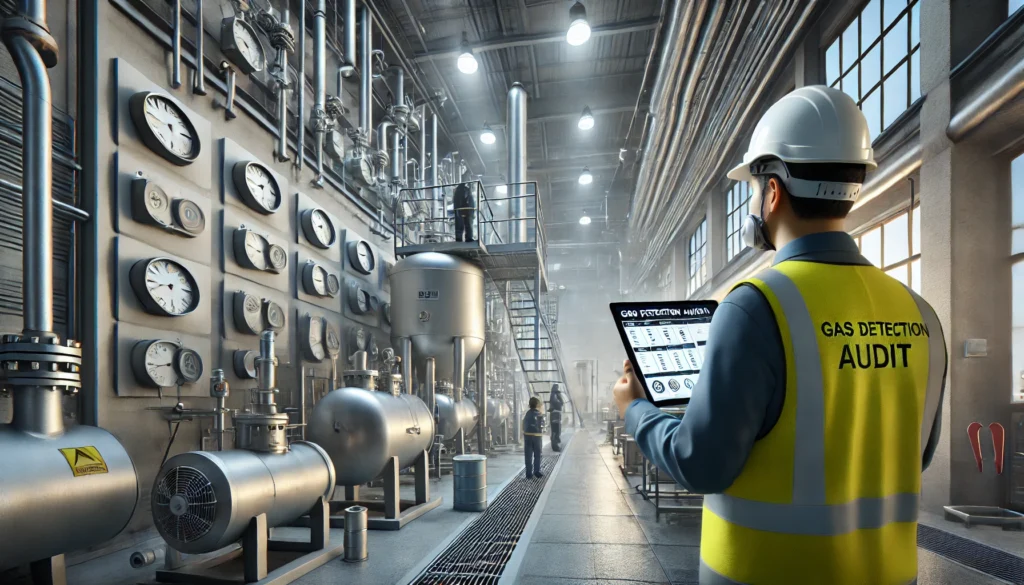
A comprehensive gas detection audit provides the assurance that businesses are operating within these legal frameworks. It helps companies to stay ahead of regulatory changes, ensuring they remain compliant in an ever-evolving landscape of health and safety requirements.
By conducting regular audits, organisations can identify potential issues before they become regulatory breaches, safeguarding both their personnel and their business interests.
A well-structured audit begins by identifying the specific areas, equipment, and processes that require inspection. This involves a thorough evaluation of all gas detection systems, from portable detectors to fixed installations, and understanding their role in the overall safety strategy.
The scope may vary significantly depending on the industry, facility size, and the types of gases involved. For instance, a chemical plant handling a variety of toxic and flammable gases will need a more detailed audit compared to a smaller, less hazardous environment, such as a small office building that might only have a few gas appliances (e.g. boilers or heaters).
In all cases, the audit should be in accordance with applicable regulatory standards and industry best practices, ensuring that no critical areas are overlooked.
A robust audit plan will also account for environmental conditions, operational practices, and potential human errors that could affect gas detection accuracy.
By clearly defining the scope, businesses can ensure that the audit is comprehensive, addressing all potential hazards and ensuring that gas detection systems are adequately protecting the workforce and the facility.
Over time, sensors can drift out of calibration, leading to inaccurate readings, which can put lives at risk. Calibration ensures that detectors are functioning within their specified tolerance levels and that they provide accurate readings of gas concentrations in the air.
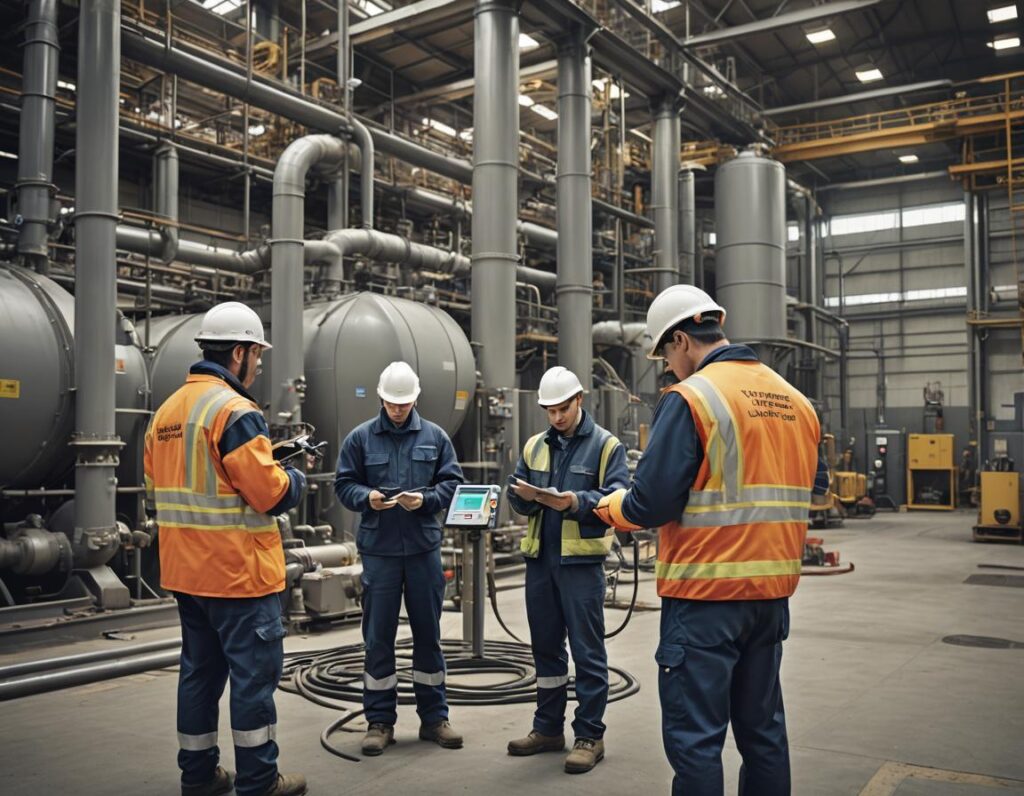
During the audit, each piece of equipment should undergo a thorough inspection to identify any signs of wear, damage, or malfunction. This includes both portable detectors and fixed systems that are integrated into a facility’s safety infrastructure. The condition of each sensor, alarm system, and control unit must be evaluated to confirm they are operational and responding correctly to gas levels.
A proactive approach to calibration and maintenance helps to prevent false alarms, which can lead to complacency — and ensures that detection systems provide timely warnings in the event of a gas leak.
Inspections should also verify that maintenance schedules are being followed, ensuring that equipment is routinely serviced by qualified personnel.
In this way, businesses can guarantee that their gas detection systems are functioning as designed, offering reliable protection for both personnel and the site.
Sensors are the first line of defence in detecting dangerous gases, and alarms are the means by which personnel are alerted to potential hazards. Without regular and thorough testing, these critical components may fail when they are needed most.
During the audit, each sensor should be tested under controlled conditions to confirm that it is accurately detecting the presence of gases. This process often involves exposing the sensor to known concentrations of gases to verify its responsiveness and accuracy. If any sensors are found to be malfunctioning or unresponsive, they must be recalibrated or replaced immediately.
Similarly, alarms must be tested to ensure they trigger at the correct gas concentration thresholds and that they are loud enough to be heard across the relevant areas of the facility.
The integration between sensors and alarms must also be evaluated to confirm that any detected gas levels result in a prompt and reliable alarm response.
Proper testing guarantees that, in the event of an emergency, the gas detection system will provide adequate warning, allowing personnel to take swift action to avoid harm.
During the audit, data is gathered from multiple sources, including gas detectors, alarm systems, and maintenance logs. This information needs to be carefully analysed to identify any patterns or trends that could indicate weaknesses or inefficiencies in the gas detection systems.
Evaluation of this data allows auditors to assess whether the detection equipment is performing optimally and whether it is being maintained and used correctly.
For example, recurring false alarms may suggest that sensors need recalibration or that environmental factors are affecting detection accuracy. Conversely, the absence of alarms during periods when gas presence is expected may point to malfunctioning equipment or procedural issues.
Data analysis also plays a key role in predicting potential failures before they occur. By evaluating historical data on equipment performance and gas detection trends, businesses can implement predictive maintenance strategies, reducing the likelihood of unexpected breakdowns or safety incidents.
Effective data analysis not only helps in resolving current issues but also informs future safety strategies, ensuring a continuous improvement cycle in gas detection practices.
Detailed records not only serve as a reference for compliance but also provide a clear trail of the actions taken to maintain and improve gas safety. Proper documentation ensures that businesses can demonstrate their commitment to safety and compliance with regulatory standards.
An audit report should include a summary of all findings, highlighting both strengths and areas for improvement within the gas detection systems.
Key elements of the report typically include calibration data, inspection results, testing outcomes, and any identified deficiencies or malfunctions.
Each aspect of the gas detection system—sensors, alarms, maintenance schedules—should be clearly documented, providing a thorough account of the system’s current performance.
In addition to the findings, the report should outline any corrective actions that have been or will be taken to resolve issues. Certificates of compliance or calibration should be attached where necessary, providing further evidence that the organisation is meeting its regulatory obligations.
By maintaining accurate and up-to-date records, businesses not only fulfil their legal requirements but also create a foundation for continuous improvement and safety assurance.
Once potential hazards or deficiencies in the gas detection system have been identified, immediate steps must be taken to address them. These corrective actions may involve repairing or replacing faulty sensors, recalibrating equipment, updating alarm systems, or even revising safety procedures.
The audit report should provide clear recommendations on how to rectify each issue, prioritising them based on the severity of the risk. High-priority actions, such as fixing a malfunctioning gas detector in a high-risk area, should be addressed without delay. Lower-priority actions, while still important, may be scheduled as part of the facility’s regular maintenance routine.
Follow-up audits are crucial to verify that corrective actions have been successfully implemented and that the gas detection system is now functioning as intended. This ensures that identified risks have been effectively mitigated and that the business remains in compliance with safety regulations.
Regular follow-up also helps maintain a proactive safety culture, ensuring that issues are caught and addressed before they develop into larger problems.
No matter how advanced a gas detection system may be, it is only as reliable as the people who operate and maintain it. Ensuring that personnel are adequately trained in the use of gas detection equipment, emergency response procedures, and routine maintenance tasks is essential for maintaining a safe working environment.
A successful training programme should provide comprehensive instruction on the functionality of gas detection systems, how to interpret readings, and the steps to take if gas levels reach dangerous thresholds.
Engineers, technicians, and safety officers need to understand not only how to operate the equipment but also how to recognise the signs of malfunction and initiate corrective actions.
Awareness programmes, on the other hand, ensure that all staff, even those not directly involved in operating the detection systems, are familiar with the risks of gas exposure and the proper safety protocols.
Regular refresher courses and updated training sessions should be part of every company’s safety routine, ensuring that knowledge remains current and that everyone is prepared in the event of an emergency.
By integrating training and awareness into the gas detection audit process, companies can ensure that their workforce is equipped to prevent accidents, respond quickly to incidents, and maintain a culture of safety at all times.
The advantages of conducting regular gas detection audits extend far beyond regulatory compliance.
First and foremost, these audits enhance workplace safety, ensuring that gas detection systems are functioning as intended and that personnel are protected from harmful gas exposure. IIn industries such as oil and gas, chemical processing, manufacturing, mining, and pharmaceuticals, where dangerous gases are a constant presence, the importance of this safety measure cannot be overstated.
Regular audits also improve operational efficiency by identifying issues before they become costly problems. Faulty or inefficient gas detection systems can lead to unnecessary downtime, false alarms, or, worse, undetected gas leaks that can result in severe accidents. By proactively maintaining and auditing these systems, companies can avoid disruptions and keep their operations running smoothly.
Furthermore, staying compliant with gas safety regulations protects businesses from legal and financial penalties. Fines for non-compliance can be substantial, and failing to meet safety standards may lead to shutdowns or reputational damage. Regular audits provide the necessary documentation to demonstrate compliance and a commitment to safety, offering peace of mind to both management and employees.
In the long run, regular gas detection audits save companies money, time, and potentially lives. They create a safer, more efficient workplace and ensure that organisations meet their legal obligations while fostering a culture of safety and preparedness.
Ultimately, gas detection audits are not just a regulatory requirement—they are a critical investment in the well-being of both employees and the business as a whole.
For expert gas detection audits and comprehensive safety solutions, contact us today, or visit our services page to learn more and schedule your next audit with OBW Technologies.
From the Blog
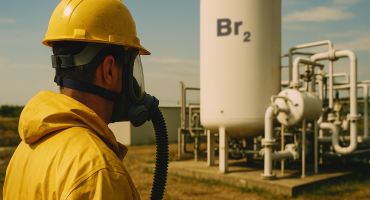
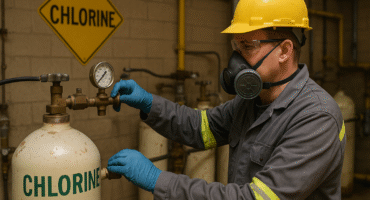
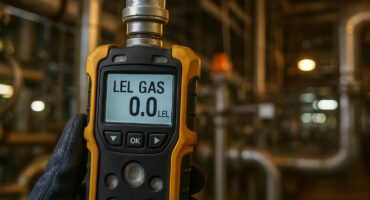
If you have any questions about our products or services, please feel free to contact us.